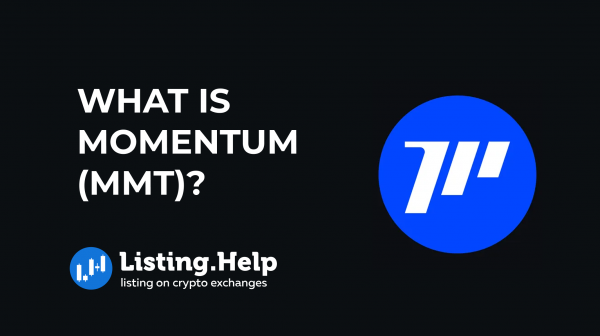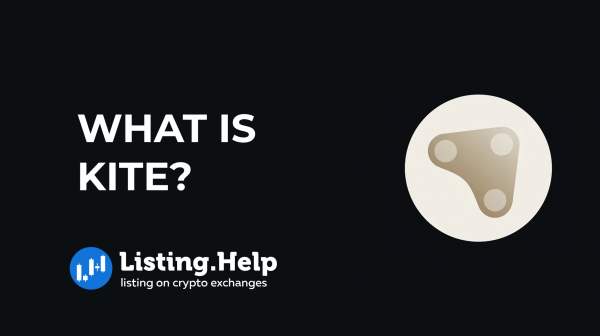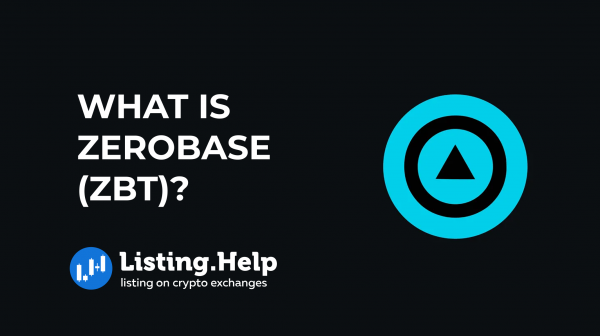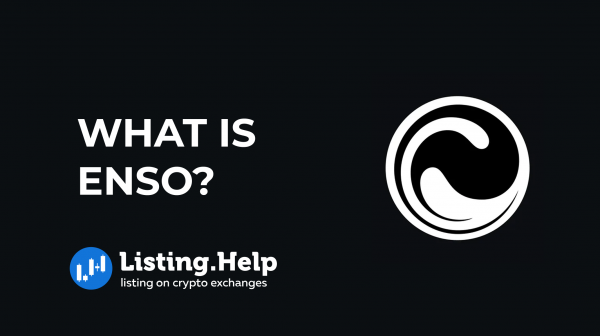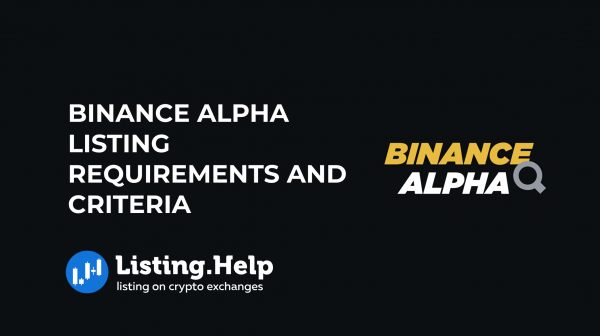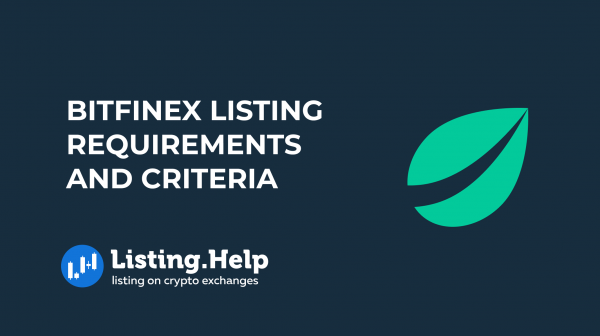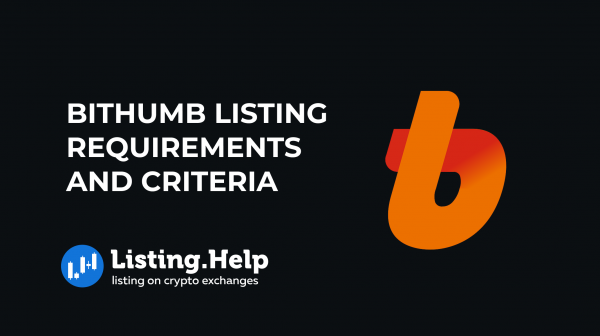What is SIGN Protocol?
 May 12, 2025
May 12, 2025 Updated: May 18 2025, 08:51
Updated: May 18 2025, 08:51
LEAVE A REQUEST
Launching your own token project? Our experts are ready to help with listing on exchanges, market making, marketing and other solutions
SUBMIT APPLICATIONBlockchain is often praised for its transparency and permanent records, but when data is scattered across different networks, verifying it smoothly becomes a problem. SIGN Protocol was built to solve that. It offers a common way to confirm information no matter which chain it’s on. At the center of this system is the $SIGN token, which supports the infrastructure and enables secure, reliable verification in digital environments.
What is SIGN?
SIGN is a cross-chain protocol focused on attestations — a way to confirm claims or facts directly on the blockchain. It allows both individuals and businesses to record and verify information securely, regardless of which chain they use. This creates a consistent standard for building trust across decentralized platforms.
By blending blockchain features with modern verification tools, SIGN Protocol forms a foundation for future-proof digital trust systems. The $SIGN token is the piece that ties everything together, used across its tools and services.
How Does Sign Work?
The SIGN ecosystem includes four main tools:
- SIGN Protocol – Used to create and confirm attestations across different chains.
- TokenTable – Handles token distribution, including airdrops, release schedules, and more.
- EthSign – Lets people sign agreements on-chain in a decentralized way.
- SignPass – Provides on-chain identity checks, linking real-world credentials to blockchain profiles.
SIGN Protocol
At its core, SIGN Protocol lets people make statements — about identity, ownership, agreements, and more — that can be verified across several blockchains. It includes privacy tools like encryption and zero-knowledge proofs so users can prove claims without revealing sensitive data. Its key features include:
- Cross-chain support – Works across several blockchains without limitation.
- Flexible structure – Uses simple key-value data pairs, making it adaptable to many use cases.
- Privacy options – Lets users protect data using cryptographic tools.
- Support for developers – Offers resources to encourage adoption and creative use.
- Data resilience – Uses fallback storage (like Arweave) to prevent data loss even if chains go offline.
TokenTable
TokenTable simplifies how tokens are distributed. It uses smart contracts to automate processes like airdrops or scheduled releases. Distribution models include:
- Scheduled unlocking – Fully managed token releases on-chain.
- Merkle trees – A resource-efficient way to distribute tokens.
- Signature claims – A fast, lightweight method for users to claim tokens.
With TokenTable, teams can reduce manual work and ensure distributions are traceable and secure. It’s designed for flexibility, so each project can pick a setup that works best for them — whether that’s managing distribution after a token listing process or ongoing community rewards.
EthSign
EthSign replaces traditional online signature platforms with a decentralized option. Users can sign documents and agreements directly on the blockchain, maintaining control over their data and avoiding centralized services.
SignPass
SignPass links real-world identity credentials to blockchain-based identities. It allows users to confirm qualifications, identity, or status without sharing more information than needed. This keeps verification secure while respecting privacy.
Team and Backing
SIGN was created by the same group behind EthSign, a Web3 platform built for digital agreements. The team has solid experience working with smart contracts and connecting different blockchain networks. They’ve focused on building tools that work smoothly across multiple chains.
Investors include firms like HongShan Capital Group (formerly Sequoia Capital China), Mirana Ventures, HashKey Capital, and Hack VC — all with strong backgrounds in blockchain and early-stage technology.
What is the SIGN Token?
$SIGN is the token used across the protocol. It supports core functions like transaction fees, governance voting, staking, and community incentives.
- Total supply: 10 billion tokens
- Launch circulation: 1.2 billion tokens (12%). This initial release was structured to align with common listing requirements and ensure healthy market dynamics from the start.
- Distribution includes rewards for early users and contributors to encourage a broader, community-owned ecosystem.
The SIGN token is listed on many exchanges, including Bithumb, Bitmart, LBank, Upbit and Bitget.
Key Features of the SIGN Protocol
1. Attestations Across Chains SIGN works across multiple blockchain networks, including Ethereum, Solana, and TON. That means users can confirm information without being limited to one specific chain.
2. Schema Registry A central library helps users create consistent formats for attestations. Whether you’re building your own schema or using an existing one, the registry keeps things organized and compatible across platforms.
3. Flexible Storage The protocol supports different ways to store data:
- Fully on-chain, for projects that prioritize security
- Fully on Arweave, for long-term, unchangeable records
- Hybrid setups that mix both, depending on the situation
This setup lets users choose the best balance of cost and protection.
4. Cross-Chain Verification Through integrations with secure processing environments, SIGN can confirm data from one blockchain on another. That means an attestation made on Ethereum, for example, can still be checked on another network.
5. Legal Compliance EthSign ensures that signatures made through the platform meet legal standards in countries like the U.S., China, and Australia. That makes the tool useful not just for technical validation, but for actual agreements with legal weight.
6. Clean User Experience Even though the tech under the hood is advanced, the platform is designed to be simple to use. The process for creating and checking attestations is straightforward — no technical background required.
7. Fully Decentralized Model The system avoids centralized control. Data is secured through on-chain verification and stored in decentralized systems, making it resistant to tampering or loss.
Conclusion
SIGN is building the groundwork for reliable verification and secure token distribution in the blockchain world. With its focus on privacy and multi-chain support, it provides a system that can adapt to the needs of everyday users, developers, and larger organizations. The aim is straightforward: make it simple to confirm digital actions without exposing unnecessary data — and in doing so, help create a more trustworthy digital environment.

For more insights and updates on the crypto world, don’t forget to check out our blog at Listing.Help




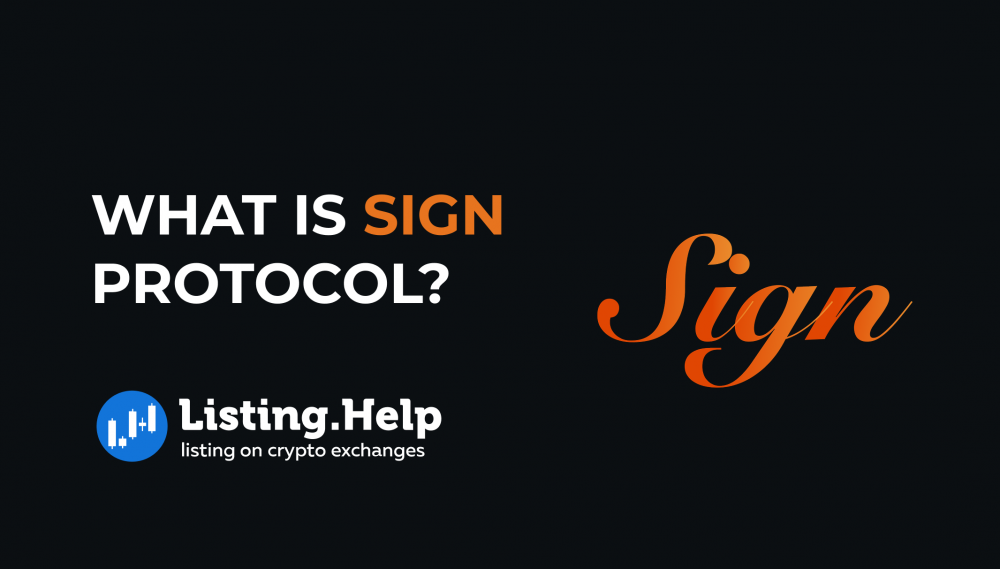


 December 8, 2025
December 8, 2025 